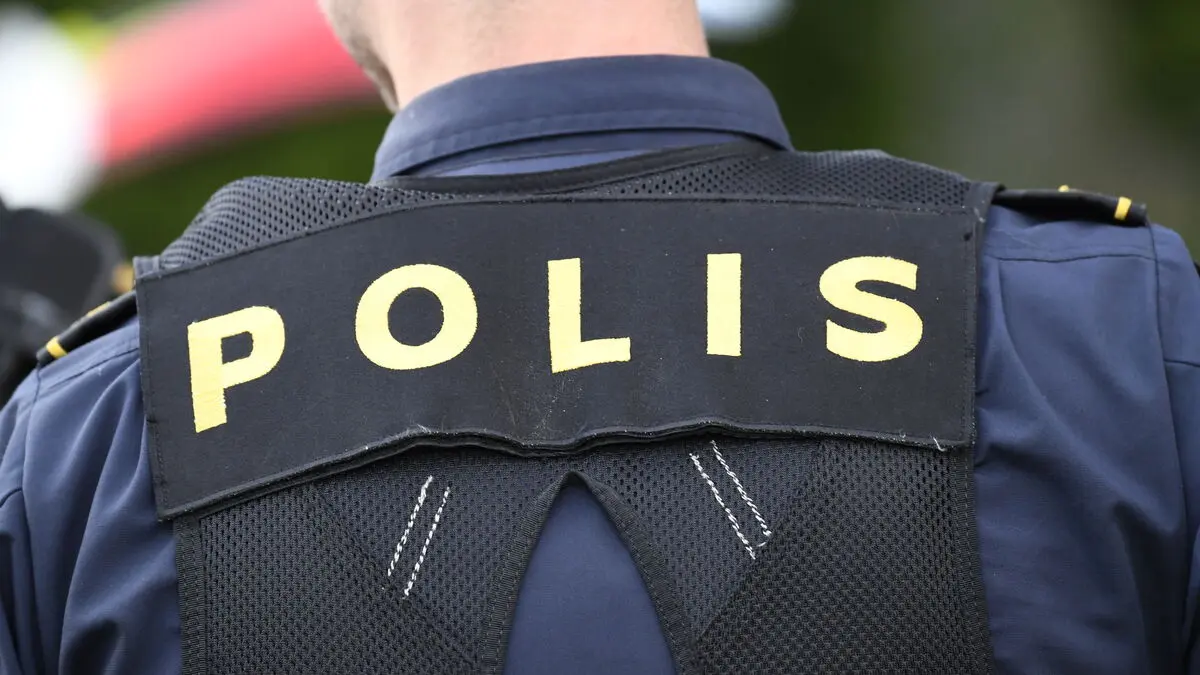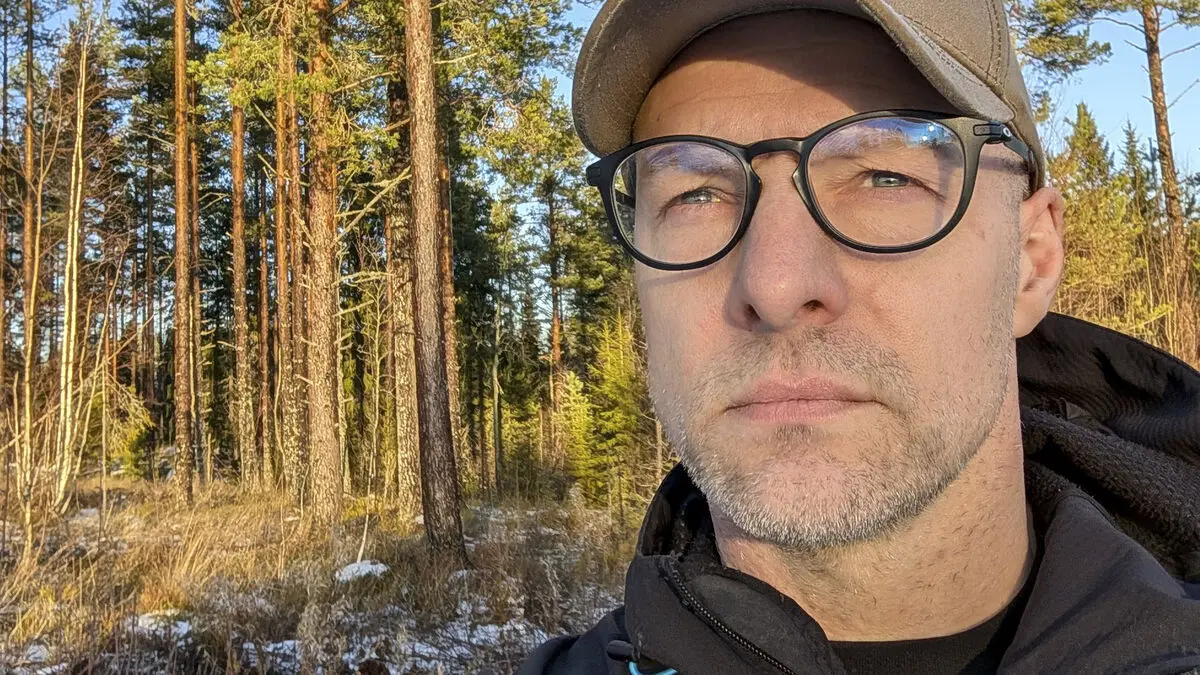Today, the police are not allowed to use secret coercive measures against children under 15 years old. This is considered to have become a problem when gangs have targeted children as perpetrators of serious crimes, such as murder and explosions.
Now, the government is proposing that children who are not criminally liable should be able to be wiretapped, both when they are being investigated for crimes and also for preventive purposes – that is, without concrete suspicion of a crime.
The government is thus going further than what their own investigator proposed last autumn.
It's about preventing crimes, but also about reaching those who are behind and control through children's mobile phones, says Gunnar Strömmer.
Following the police's line
The coercive measures should be able to be used to prevent children from participating in the most serious criminality, such as terrorist crimes and serious crimes in the gang criminal environment.
When it comes to wiretapping without suspicion of a crime, the investigator thought it should only be used by Säpo. But the government and SD believe it is "completely necessary" that the police also be allowed to wiretap children when it comes to typical gang crimes such as murder, serious public endangerment, and serious weapons crimes.
Even when it comes to wiretapping children who are being investigated for crimes, the government is going further. The investigator thought it should only be allowed for the most serious crimes, with a minimum sentence of four years in prison.
The government is adding its own list of additional crimes where children should be wiretapped, such as serious drug crimes and serious extortion. This is something the police have requested.
Any risks associated with the legislative proposal must be weighed against the fact that criminality has decreased in age, believes Gunnar Strömmer.
We're doing it because there are very great risks with letting reality continue as it has, he says.
Children are also victims
How common is it for children under 15 years old to be perpetrators when it comes to, for example, serious extortion, are they not rather often victims of crime?
We know that children can be both victims and perpetrators. But for us, it has been important, when we take such a big principled step, that it also reflects reality as it is, says Strömmer.
Last year, 120 children under 15 years old were suspected in murder investigations, according to the police.
It is also resource-intensive to use secret coercive measures, and how often it will be directed against children is unclear.
The legislative changes are being rushed through by the government and are expected to come into force as early as October 1. They will apply for five years and then be evaluated.





